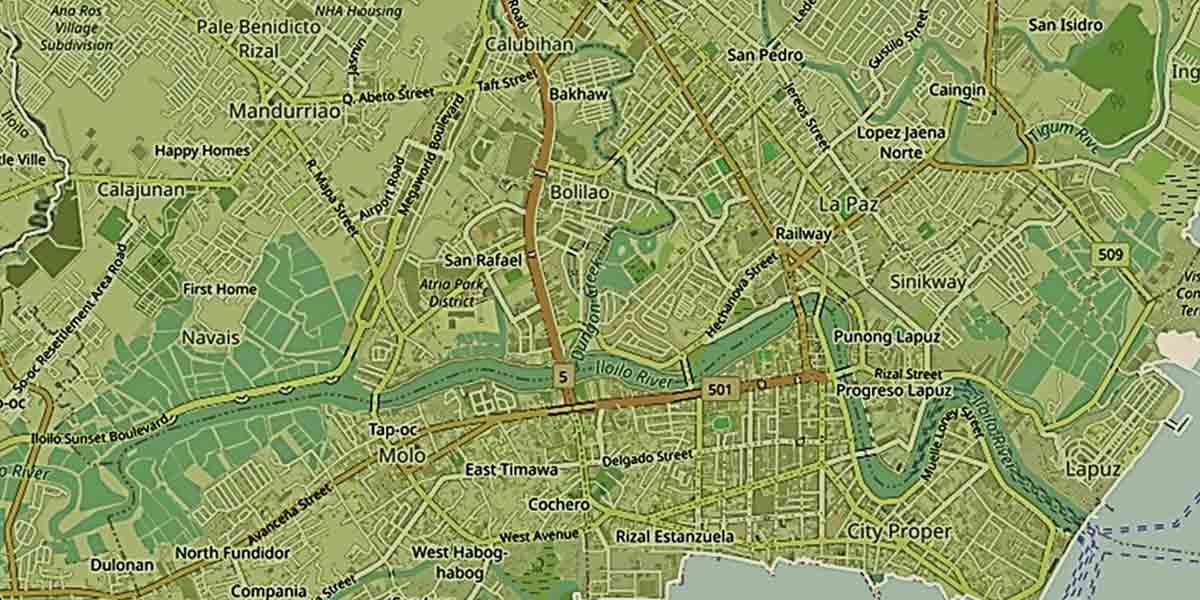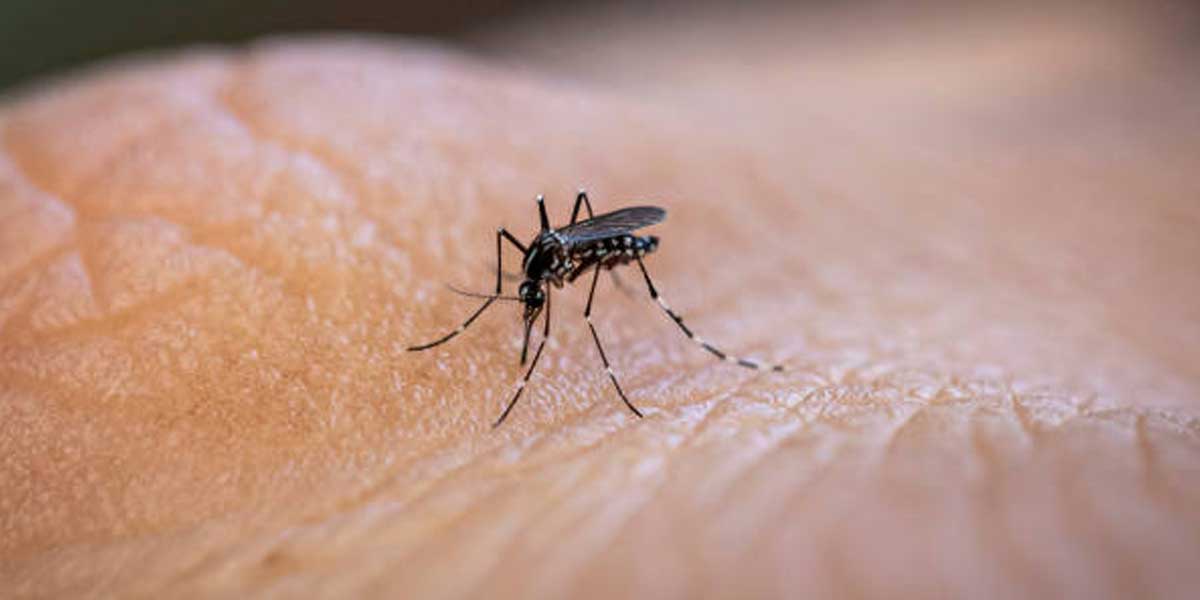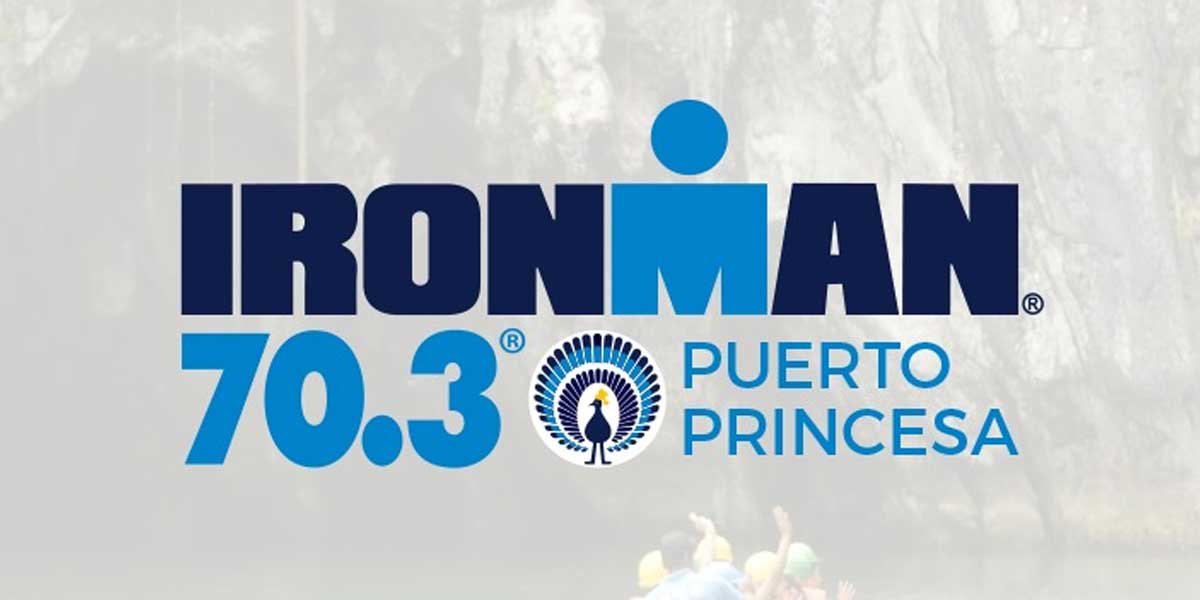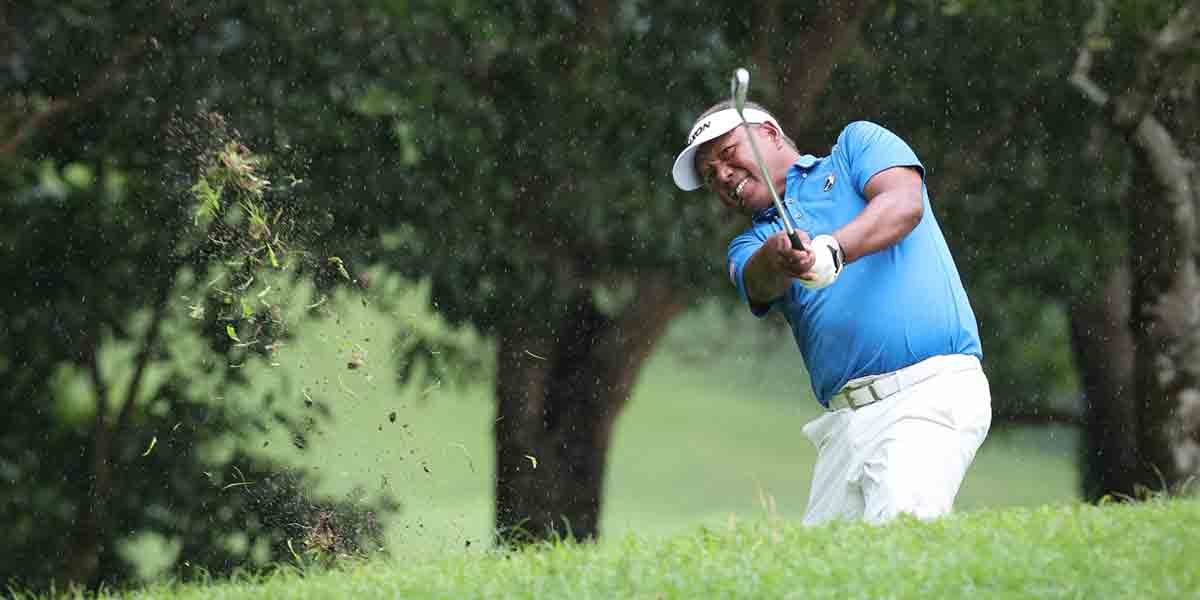By Joseph B.A. Marzan
The Department of Health-Western Visayas Center for Health Development (DOH-WV CHD) on Monday said it’s too early to conclude that the Delta variant caused the recent surge in coronavirus disease 2019 (COVID-19) cases in Aklan.
Aklan is the sole area in the region to be classified as High Risk while the rest of the region is either under Moderate or Low columns, according to the DOH’s Community Quarantine Decision Framework (CQDF).
The CQDF is determined by the 2-Week Growth Rate (2WGR) or the rate of growth of cases in an area, and the Average Daily Attack Rate (ADAR) or the number of cases in an area per 100,000 population. Both parameters are measured over a 14-day period.
While Aklan’s Medium 2WGR decreased to 7 percent (July 5 to 18) from 12.01 percent (June 21 to July 4), its recent High ADAR increased to 13.83 (July 5 to 18) from 12.98 (June 21 to July 4) between the same time periods.
According to the CQDF, a cross between a Medium 2WGR and a High ADAR would result in High Risk classification.
During the July 19 edition of Isyung Bakuna online forum, DOH-WV CHD Medical Officer III Dr. Marie Jocelyn Te said they cannot conclude if COVID-19 cases in Aklan may be related to the two Delta variant cases in the neighboring province of Antique.
The two Antique cases, who were a married couple, were confirmed as Delta cases only on July 15. The husband has recovered while the wife died on May 31.
Te said that so far, COVID-19 cases that were tagged as variants of concern (VOC) or variants of interest (VOI) were Returning Overseas Filipinos (ROFs).
“We cannot say that [the Delta variant] has spread [to Aklan]. At the same time, we will just reiterate that if there are signs and symptoms, it would be better to implement our Prevent, Detect, Isolate, Treat, and Reintegration strategy because this is important. We have to prevent the spread, so we have to prevent, detect, and isolate a person,” Te said.
As to contact tracing, she said that the DOH-WV CHD has asked local government units (LGUs) to conduct and intensify contact tracing. LGUs must also strengthen border controls citing the Delta variant’s foreign origin.
Contact tracing for the Delta variants in Antique are currently being conducted by the provincial and municipal governments.
“It was emphasized with the (VOCs) especially the Delta (variant) that we would have to be meticulous with our contact tracing and we have to do it not only to the 1st generation but until the 3rd generation, because this is highly transmissible,” she said.
REST OF THE REGION
Based on the same DOH-WV CHD data set as of July 18, Western Visayas in general remained under ‘Low Risk’ classification.
The DOH-WV CHD logged 77,442 confirmed COVID-19 cases (11,156 active, 64,499 recovered, and 1,766 deaths), with an increased positivity rate of 9.3 percent (from 9.0 percent on July 11), and an average of 632 cases per day.
The region’s Case Fatality Rate (CFR), or the percentage rate of deaths due to COVID-19, rose slightly to 2.28 percent on July 18 from its figure on July 11 (2.26 percent).
Like in previous weeks, the region’s CFR is still higher than the national (1.77 percent) and the global rates (2.16 percent).
By area, Capiz has the highest CFR (3.77 percent), followed by Antique (2.70 percent), Iloilo City (2.67 percent), Iloilo province (2.44 percent), Bacolod City (2.28 percent), Guimaras (2.27 percent), Negros Occidental (1.75 percent), and Aklan (1.43 percent).
Areas under Moderate risk include Antique and the cities of Iloilo and Bacolod, while the rest of the region, including Capiz, Guimaras, and Negros Occidental, are all Low risk.
Between July 5 to July 18, Antique has the highest 2WGR (10 percent), followed by Aklan (7 percent), Iloilo City (-6 percent), Guimaras (-13 percent), Iloilo province (-17 percent), Capiz (-29 percent), Bacolod City (-31 percent), and Negros Occidental (-41 percent).
As to the ADAR in the same period, Iloilo City has the highest (17.93), followed by Aklan (13.83), Bacolod City (11.46), Iloilo province (6.03), Guimaras (5.04), Antique (3.72), Capiz (3.23), and Negros Occidental (2.70).
The region’s Health Care Utilization Rate (HCUR) or the percentage rate of occupancy of COVID-dedicated beds and use of mechanical ventilators, has also decreased to 60.56 percent, a significant dip from July 11 at 64.15 percent.
Iloilo City still has the highest HCUR in the region (76.14 percent), although lower compared to July 11 (82.26 percent) and July 4 (81.71 percent).
Antique’s HCUR is 63.76 percent) followed by Iloilo province (60.91 percent), Guimaras (60.32 percent), Capiz (57.32 percent), Bacolod City (52.65 percent), Negros Occidental (49.66 percent), and Aklan (45.83 percent).
Despite the lower risk statuses of the city and province of Iloilo, as well as the lack of active Delta variant cases, community quarantine measures and statuses would depend on the national government and the LGU.
The confirmation of local Delta variants in Antique was cited as the reason why the city and province of Iloilo were elevated to the most restrictive Enhanced Community Quarantine (ECQ).
“We see that it would depend on the LGU if quarantine should continue, because the situation varies per LGU, that’s why we cannot say that even if the [DOH] central office says that there are no more active [Delta] cases, we cannot be complacent. We need to still be tough on contact tracing,” Te said.


















